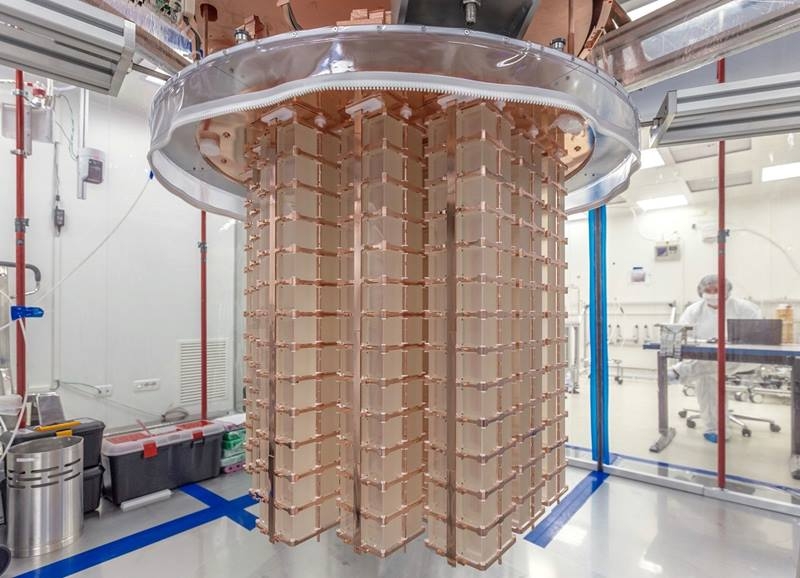The Science
Scientists believe that the Big Bang generated equal amounts of matter and anti-matter. One of the greatest mysteries scientists seek to answer is why this matter and anti-matter did not all annihilate into pure energy. That question is at the heart of why we live in a universe dominated by matter. One scenario suggests a hypothetical nuclear decay where an atomic nucleus decays by emitting two electrons, thus creating additional matter and possibly solving the mystery. Scientists expect this decay to be extremely rare. It would take more than 1,000 septillion years (a septillion is a one followed by 24 zeros).
The Impact
The Cryogenic Underground Observatory for Rare Events (CUORE) detector has been searching for this rare decay since 2017. Nuclear physicists recently reported that CUORE has yet to observe this decay after three years of data collection and analysis. This non-observation is important; from CUORE data alone, we know that this decay must take longer than 32 septillion years. The new research narrows the search for this rare nuclear decay, paving the way to improved data as CUORE continues its search.
Summary
Nuclear physicists have designed CUORE to be sensitive to rare decays that occur every 100 septillion years. To achieve this sensitivity, they cool CUORE to near absolute zero, allowing them to achieve the necessary energy resolution. CUORE is located in a clean underground environment to reduce false signals. Finally, CUORE is massive—it contains about 1,000 quadrillion atomic nuclei of the type that can undergo this rare decay. The size increases the chances of observing the decay.
CUORE will continue to operate and further narrow the region where this rare nuclear decay can occur, with the goal of reaching a sensitivity of 100 quadrillion years. Beyond that goal, the CUORE team is planning an even more sensitive experiment called CUPID (CUORE Upgrade with Particle IDentification) to achieve 1,000 septillion year lifetimes.
Funding
This work was supported by the Department of Energy Office of Science, Office of Nuclear Physics; the National Science Foundation; the Alfred P. Sloan Foundation; the University of Wisconsin Foundation; Yale University; and the Istituto Nazionale di Fisica Nucleare.


